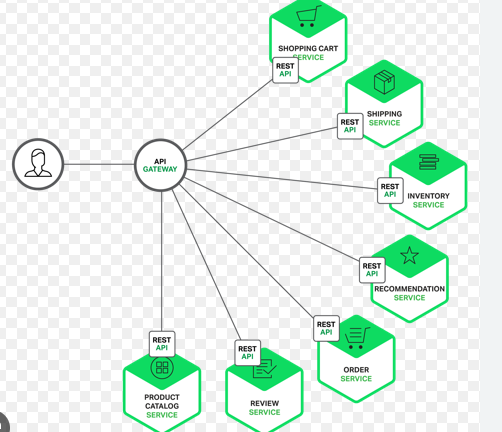Observability Works Across Layers
- RNREDDY

- Sep 9
- 2 min read

How Kubernetes Observability Works Across Layers
In one of our production clusters, we had Prometheus, Grafana, Fluentd, and still spent too long debugging incidents. The turning point wasn’t more tools, it was wiring them right and thinking in layers.
I’ve made this simple and self explanatory illustration for someone new to Kubernetes observability layers.

Coming back to the context, here’s what made the difference.
1. Tie everything to workloads, not nodes
We tagged every log and metric with workload, namespace, and container.
That made it possible to trace issues end-to-end. Developers could see what failed, where, and why, without stepping into infra dashboards.
2. Forward Kubernetes events, not just logs and metrics
We deployed kube-eventer and pushed events into Elasticsearch.
That surfaced OOMKills, CrashLoops, image pull errors, and pod evictions that metrics often miss and logs scatter. Events became our fastest source of early signals.
3. Alert routing based on ownership, not severity
We used Alertmanager matchers to route alerts by team.
Platform teams got node and network alerts. App teams got alerts scoped to their own workloads. This cut down alert fatigue and made on-call response faster and more focused.
4. Fluentd for structured forwarding
We used Fluentd with kubernetes_metadata_filter to enrich logs and forked them to both Loki and OpenSearch.
Why both?
Loki was used for quick, recent queries inside Grafana. Lightweight, fast, and tightly integrated with Kubernetes.
OpenSearch handled longer retention and full-text search. Perfect for audit logs, compliance, and historic analysis.
This combo gave us fast incident response and deep postmortem capability, without overloading a single system.
5. Dashboards that match user context
We built scoped Grafana dashboards per team. Each team saw only their namespace, pods, and workloads.
This wasn't about hiding things, it was about clarity. Teams started using dashboards daily instead of once a week.
One change you can try today
Tag your logs and metrics consistently with workload and namespace.
That one step unlocked real observability for us and cut triage time nearly in half.



Comments